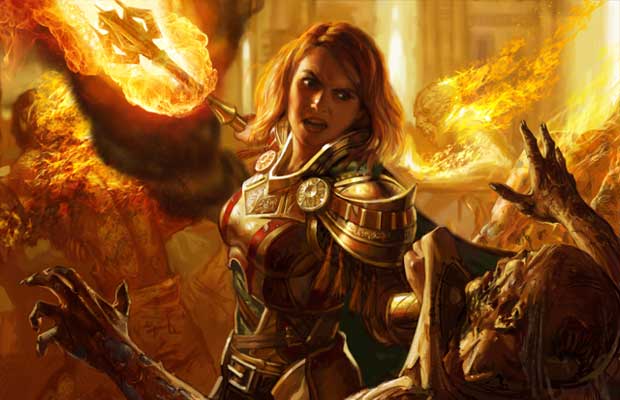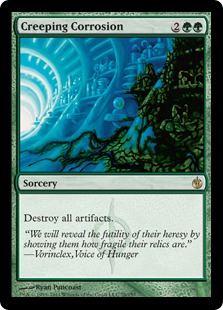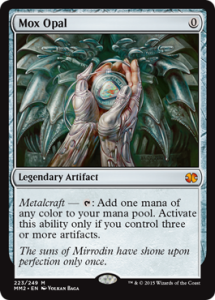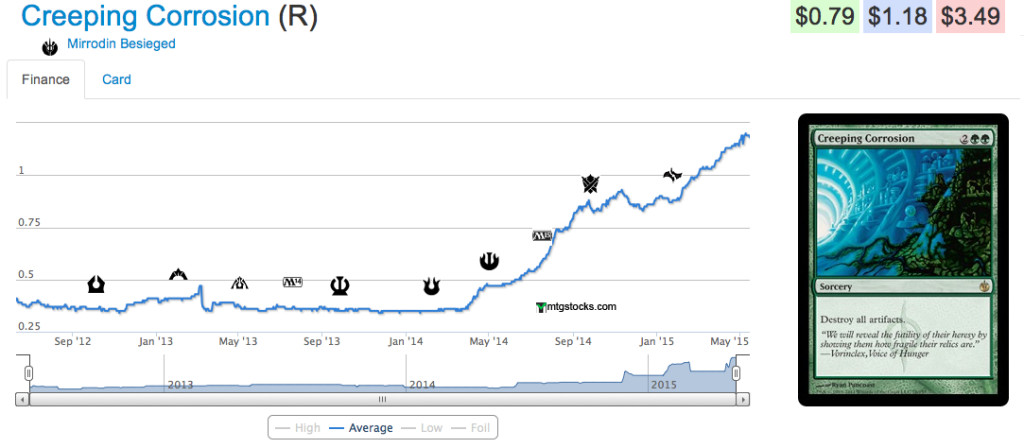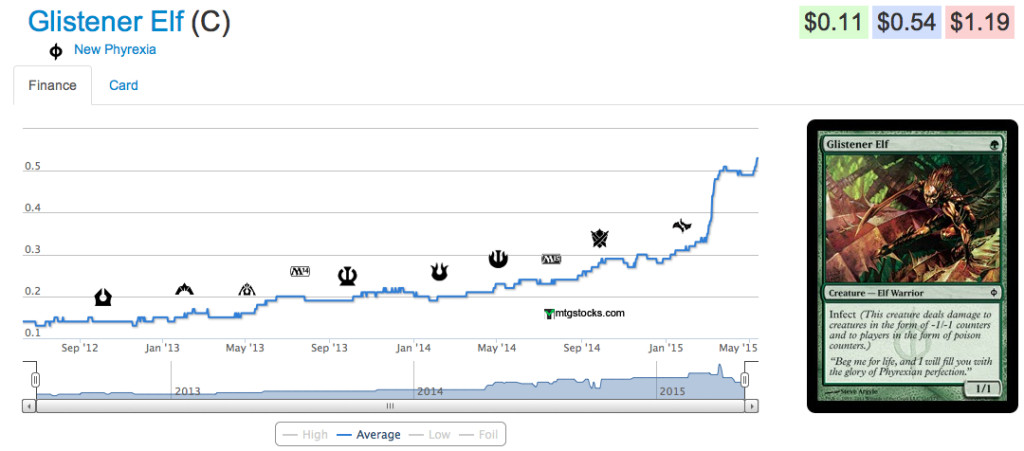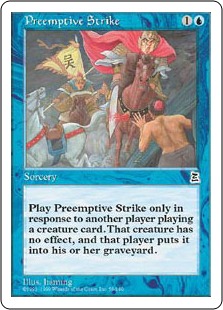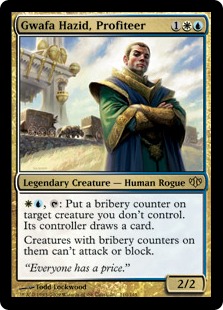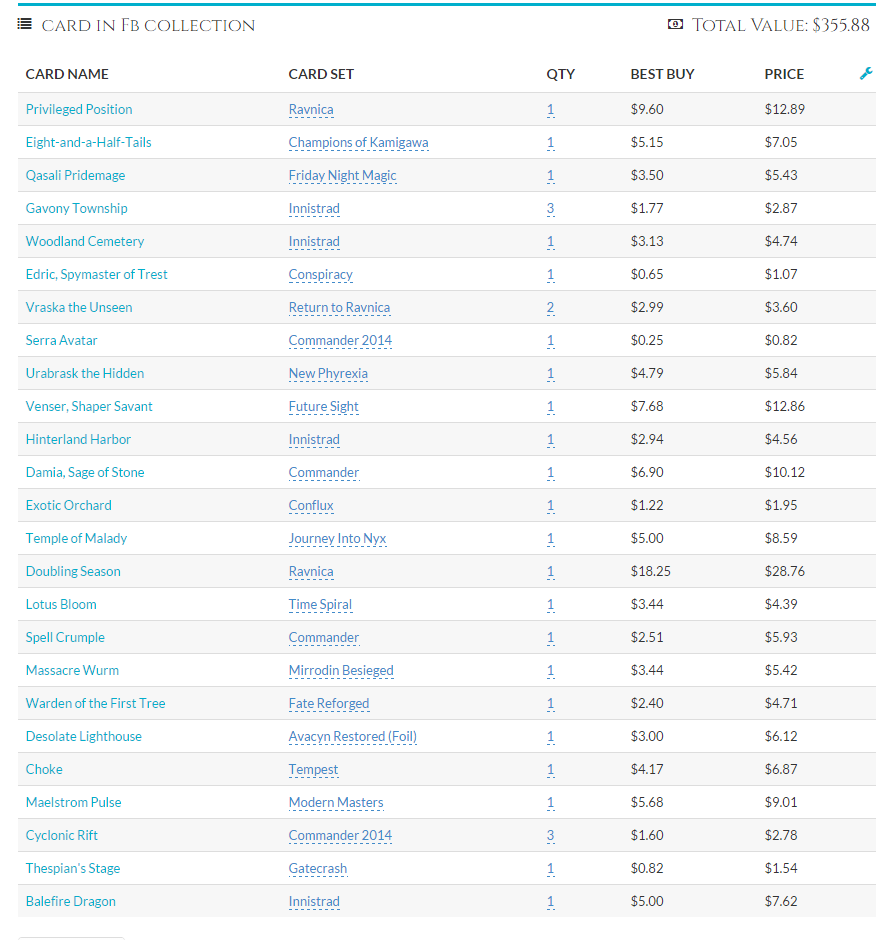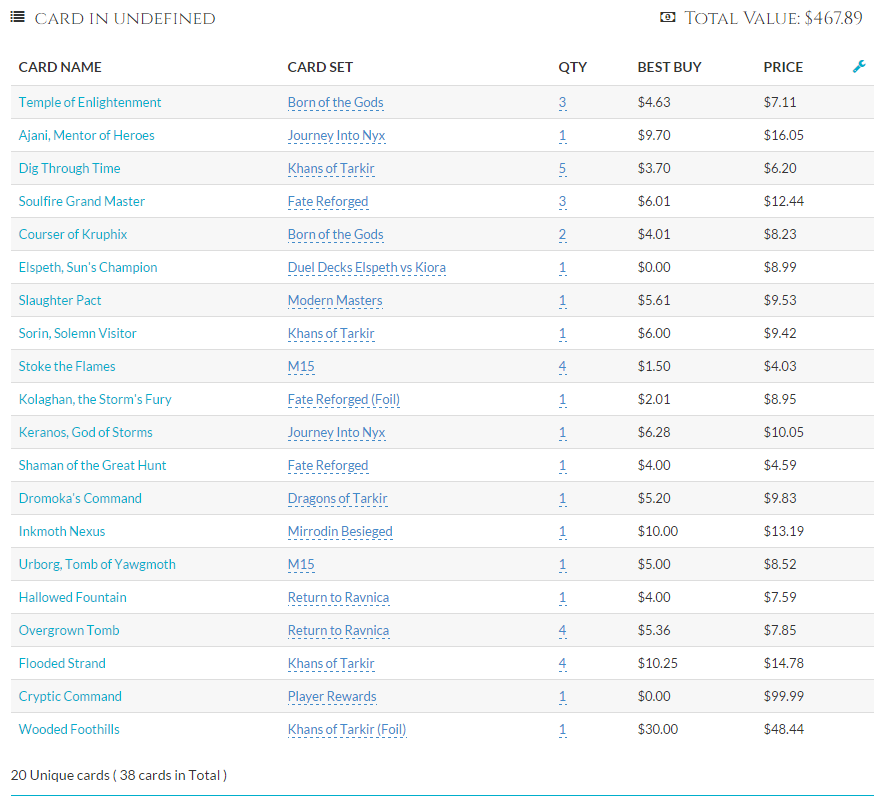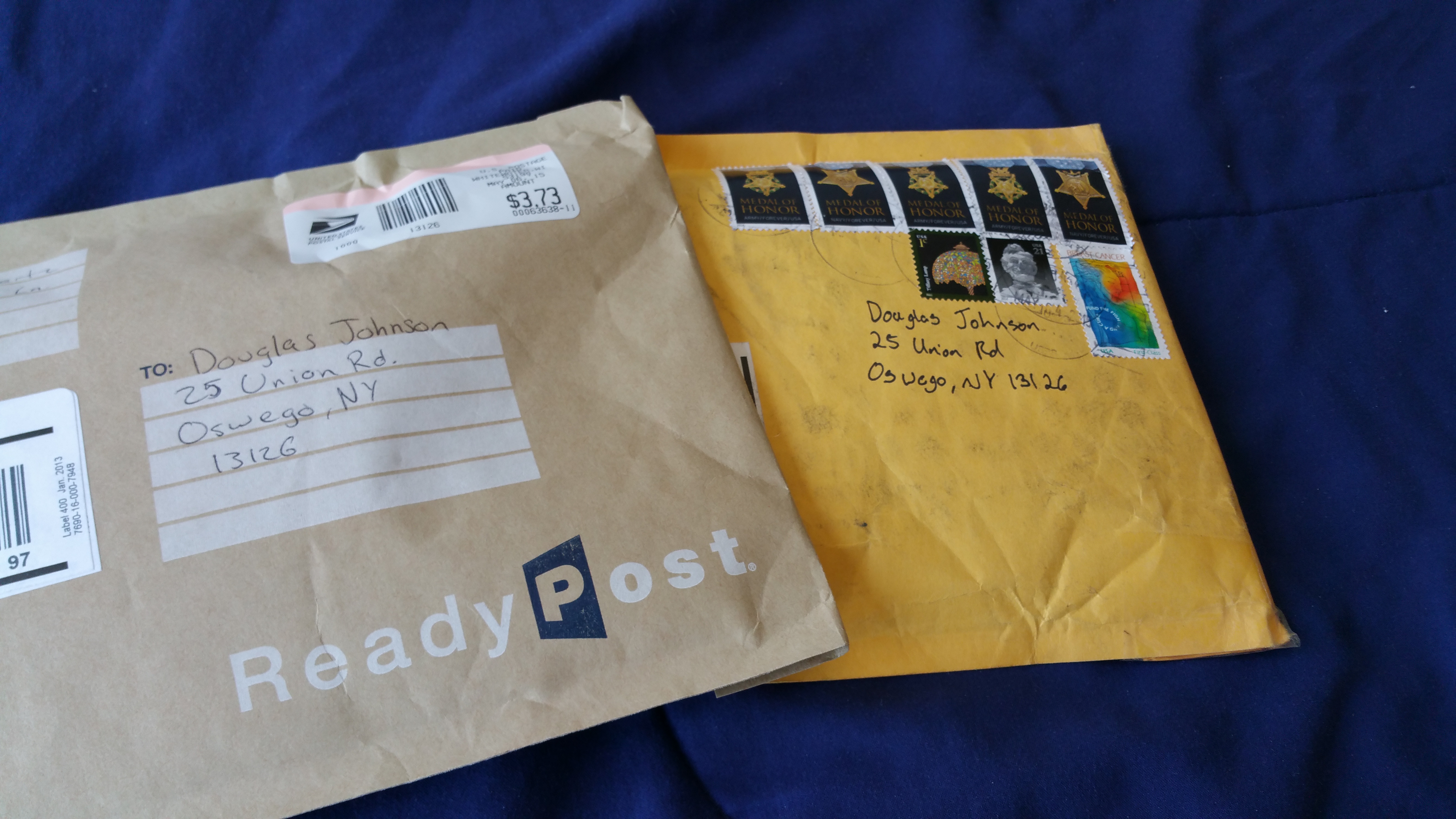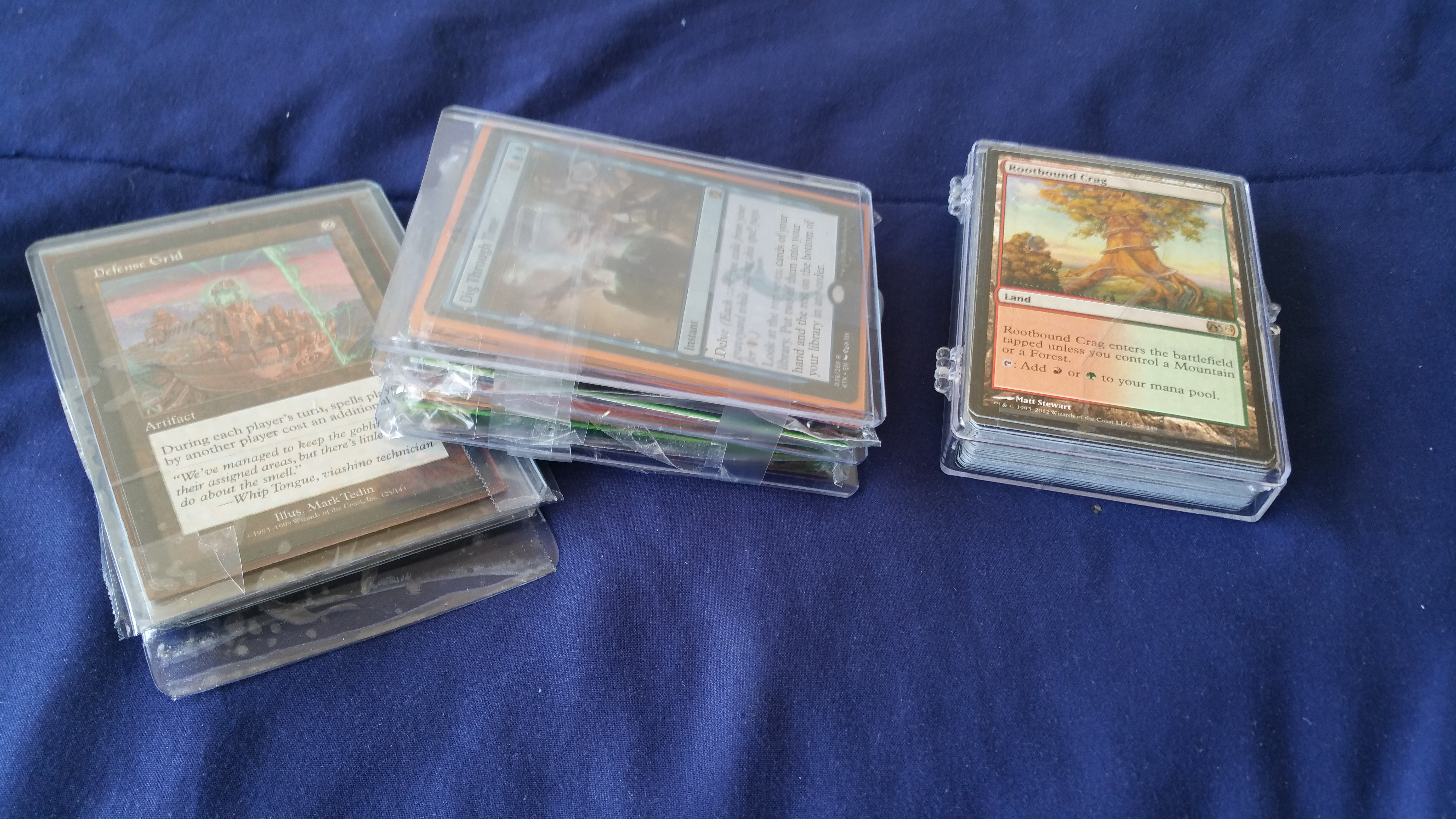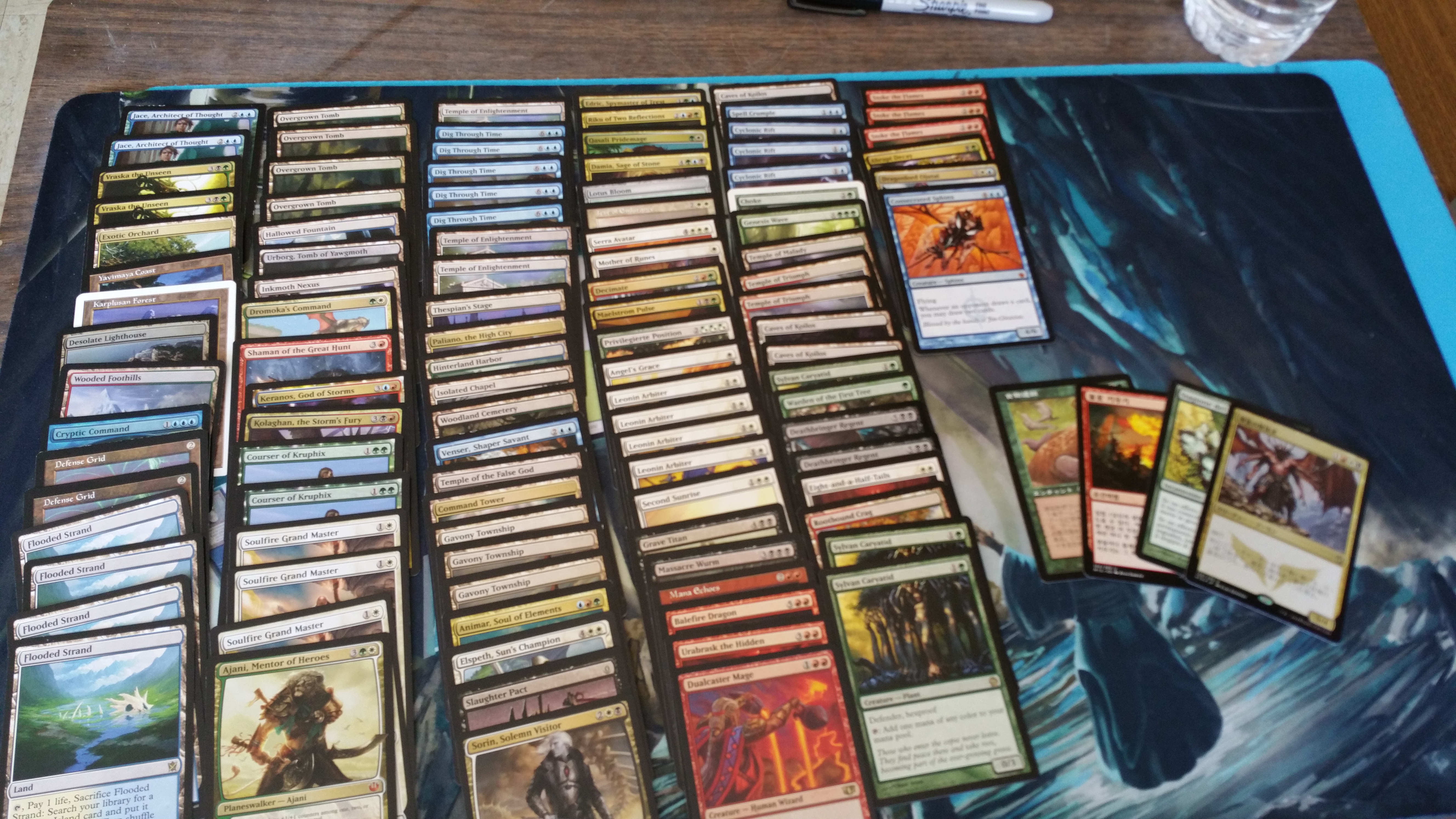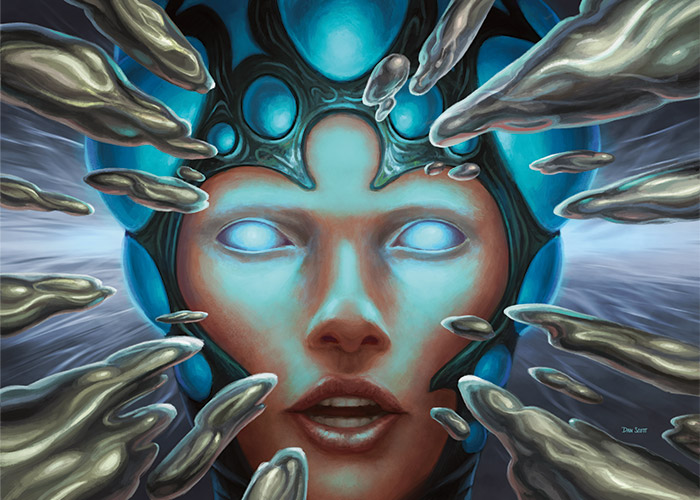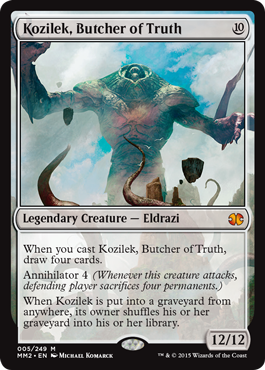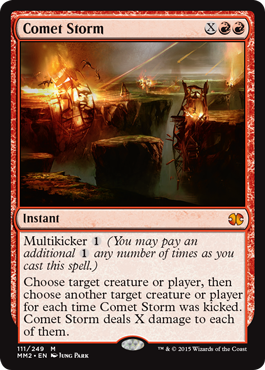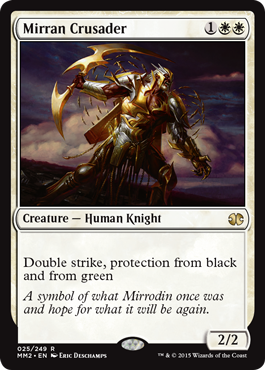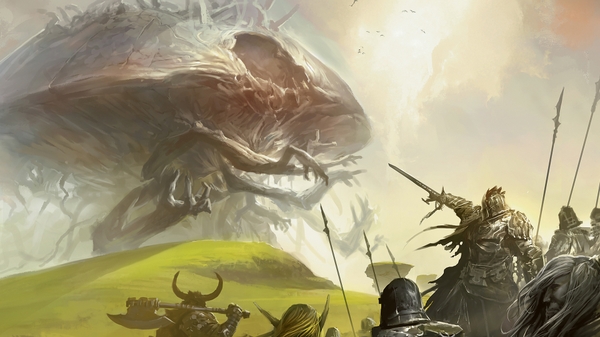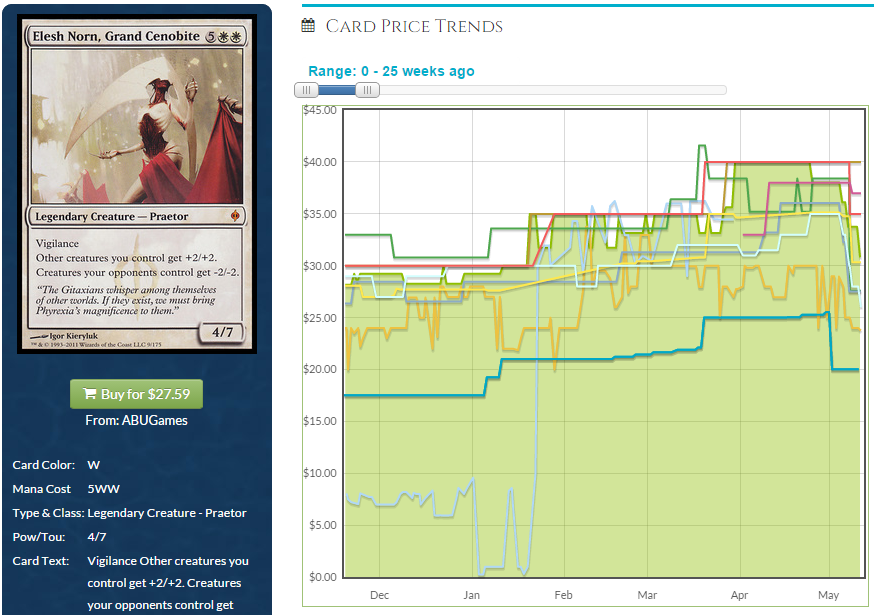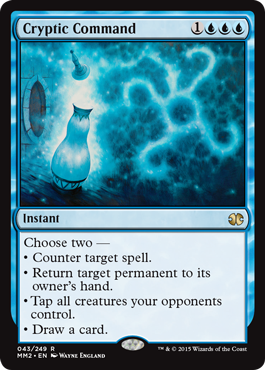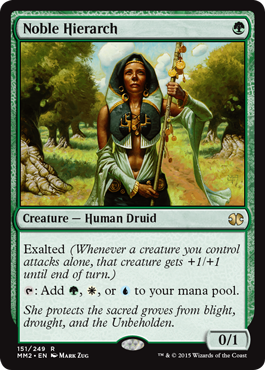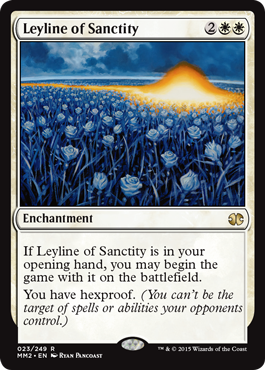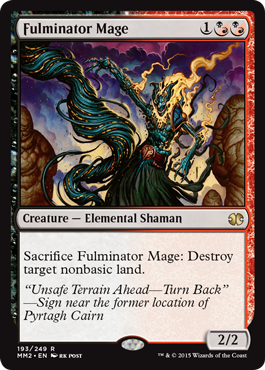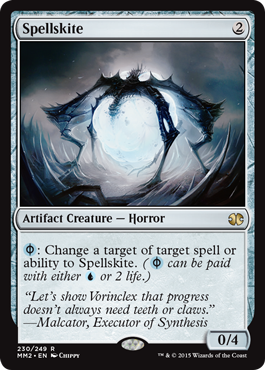By: Cliff Daigle
In Magic, the sideboard is a powerful tool. It allows for flexibility and power in different types of matchups. It also offers the unparalleled chance to turn a bulk rare into a $10 card.
Today, I want to go over some cards that are seeing some sideboard play in Modern and Legacy. These mostly aren’t four-of, so people are often willing to spend a little more for the foil, resulting in some surprising splits. There is a chance that if a card proves to be popular/effective in a sideboard strategy, that it may go even bigger.
I’m focusing on the foils today, but you’re free to think about the non-foils as well.
Two examples I want to mention:
Teferi’s Response ($1/$16)
Smash to Smithereens ($3/$17)
This is the downside of speculating. We live in an era when reprints are becoming more and more common, and this card is in the midst of losing value since being announced in Modern Masters 2015. It was more than $5 in February, and the foil has slipped a couple of dollars as well. I’ll be interested to see where the foils end up, as Modern Masters is going to add a significant supply of shiny cards. This was a common in Shadowmoor, but is an amazing sideboard card in Burn strategies.
Now, let’s look at some cards that have potential to grow:
Feed the Clan ($.21/$.66) and Rest for the Weary ($.26/$.76)
I can hear you from here. “Lifegain cards? What?” I understand that reaction, but hear me out. In a Burn deck, which is always an option in Legacy, gaining 8 or 10 life is worth two or three cards to the fireslinger. Rest for the Weary is probably more consistent, but being green and two more life might end up making Feed the Clan an option.
Timely Reinforcements ($.56/$8)
It’s already an $8 foil, it’s true, but this card is such a backbreaker against Burn or aggro strategies that I think it can go higher. Two cards’ worth of life and three blockers is a lot to get from three mana. It’s easy to cast in a lot of decks, which is a big point in its favor.
Kor Firewalker ($.60/$5/promo foil $3)
Speaking of a backbreaker, this is a very tough card for a Burn deck to deal with, and the only thing keeping this from seeing more play is the mana cost. Not many decks in either eternal format can come up with WW consistently on turn two. Amusingly, this card shows up in some sideboards of Boros Burn decks as a card for the mirror match!
Rending Volley ($.46/$6)
I’ve mentioned this card before, but the foil being at only $6 when it’s so good against so many things, and being so cheap to cast…it’s a perfect storm. About the only thing it can’t do is get past an active Mother of Runes. It takes out combo pieces of Splinter Twin, it takes out Angels, Delvers, Snapcasters…it’s a long list of things that players need to kill.
Valorous Stance ($2/$6)
This is a $2 uncommon because it’s such a good answer to everything. This will be a more expensive foil as eternal decks pick it up as a way to save any creature from just about all removal. Toxic Deluge gets by this, but almost no other sweepers do. It’s true this isn’t a good answer to Swords to Plowshares in Legacy or Path to Exile in Modern, but that’s why it’ll be a sideboard card, not maindeck.
Destructive Revelry ($.26/$2)
Burn decks are starting to go Naya, adding green for Atarka’s Command in the main and this in the board. It’s an alternative to Smash to Smithereens that can also hit Leyline of Sanctity or Eidolon of the Great Revel in the mirror. It’s a versatile card that has a very good chance to go up farther. If the foils fall in price at rotation, picking some up at $1 or $1.50 is quite reasonable.
Searing Blood ($1/$6)
Speaking of great sideboard Red cards, this is outstanding. It’s not as good as Searing Blaze, but it’s not far off. The more creatures that get played, the better this gets. The mana cost is an issue, but as a very popular sideboard option, this has potential to grow to $8 or $10. If it dips to $5 at rotation, don’t be afraid to pick some up.
Leyline of Punishment ($1/$3.50)
This is one of the few ways that a Burn deck can deal with Kor Firewalker, since the prevention aspect of protection from red is not relevant anymore. This also stops lifegain, the other monster under the bed that scares Burn decks. At four mana it’s no good for the deck, though, so it’s in the opening seven or bust for this card.
Electrickery ($.21/$2.70)
It’s a singleton or pair in Legacy sideboards, dealing a damage to Snapcaster, Pyromancer, tokens, all sorts of things. It hasn’t seen as much Modern play lately, but if Mentor or Pyromancer blows up again, this might be the sideboard option of choice. It also answers unenchanted Bogles and a Mongoose without Threshold.
Nature’s Claim ($.30/$5 CNS/$9 WWK)
The reprint in Conspiracy didn’t hurt much, but it does give competition. This would be a $15 foil otherwise. It’s cheap and very versatile, a great answer to all sorts of problems. This card helps illustrate why Swords is an excellent answer, because when you’re ahead, a little life for the opponent is no big deal.
Kolaghan’s Command ($2/$6.50)
You may laugh, but it’s showing up in Grixis Delver decks. Imagine killing their Snapcaster while getting yours back, and being able to cast it again. Killing artifacts is useful, and discard at instant speed is rarely a bad option to have. It’s not terribly powerful but it is very flexible at a low cost. If it gets popular the foils will really go up.
Virulent Plague ($.27/$1.47)
There are a lot of options for reducing creature sizes. Curse of Death’s Hold, Night of Souls’ Betrayal, Illness in the Ranks, and so on, but this one might be the best for hosing a lot of Zombie-based strategies as well. It’s not going to cut it against Elves in Legacy, but being an answer to Splinter Twin might cause these foils to enjoy a decent spike.
Golgari Charm ($.57/$7)
Another answer for token swarms, but with more flexibility, this has been featured a couple of times in Legacy events. It’s also a very good Cube card, and it seeing more Modern play with Abzan on the rise. There’s a good chance that this breaks $10 in foil by the end of the year.
Izzet Charm ($.66/$3/$2.50 FNM foil)
Again, this is a very versatile spell that fits in a number of situations as long as you can cast it. Dig for your combo pieces. Kill an early threat. Counter a problem. Cubes love this card as well, but the presence of an FNM promo will probably help keep the price at $5 or less. There’s a chance this becomes popular, though, and it’s worth thinking about.
